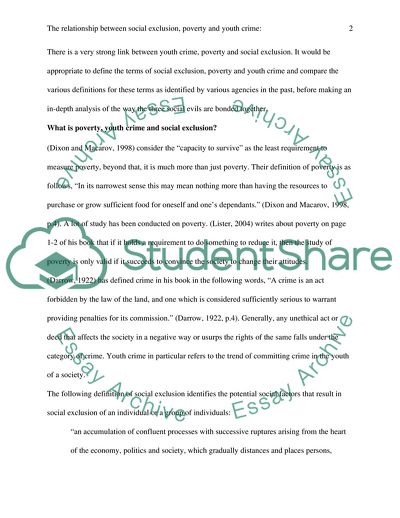Cite this document
(What is Poverty, Youth Crime and Social Exclusion Essay, n.d.)
What is Poverty, Youth Crime and Social Exclusion Essay. Retrieved from https://studentshare.org/social-science/1736688-youth-crime-delinquency
What is Poverty, Youth Crime and Social Exclusion Essay. Retrieved from https://studentshare.org/social-science/1736688-youth-crime-delinquency
(What Is Poverty, Youth Crime and Social Exclusion Essay)
What Is Poverty, Youth Crime and Social Exclusion Essay. https://studentshare.org/social-science/1736688-youth-crime-delinquency.
What Is Poverty, Youth Crime and Social Exclusion Essay. https://studentshare.org/social-science/1736688-youth-crime-delinquency.
“What Is Poverty, Youth Crime and Social Exclusion Essay”, n.d. https://studentshare.org/social-science/1736688-youth-crime-delinquency.


